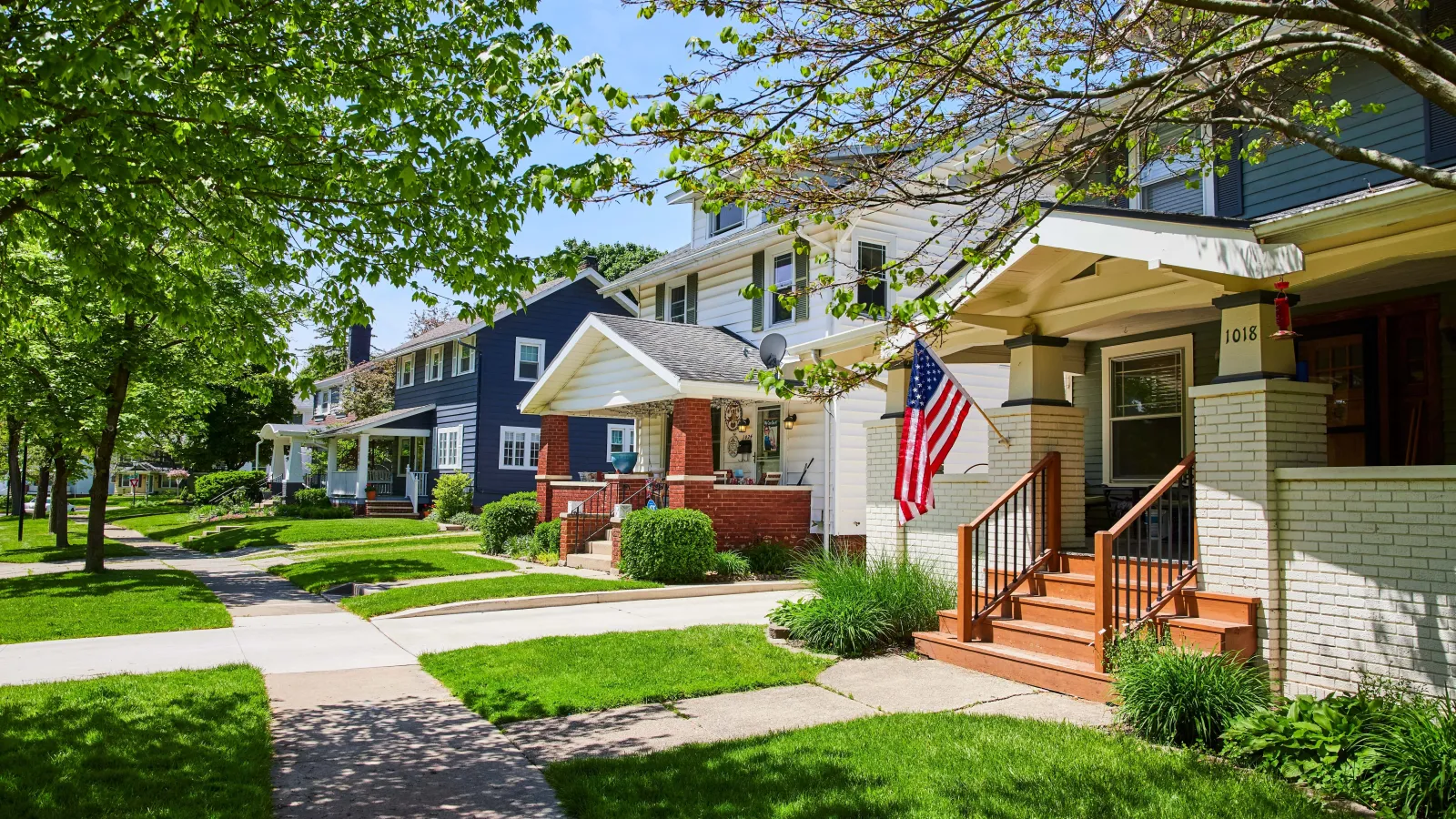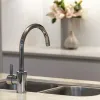There's no doubt about it. Many older homes have character.
But along with that classic aesthetic, you may inherit contemporary problems. From creaky floors to uninsulated walls, older homes are rarely free from quirks.
And when one of those, um, special features is a misbehaving sewer line, you'll probably want to fix it ASAP.
If you live in an older home and are experiencing multiple clogged drains, slow draining sinks, weird gurgling noises, or noxious smells coming from your plumbing, keep reading! Here are four different sewer line problems that are common among older properties.
1. Cracked sewer pipe
A cracked sewer pipe is a big problem. Why? Because a crack in your sewer line often morphs into a collapsed or broken pipe.
And wastewater can't flow through a broken pipe.
Pipes are more likely to crack on older properties because
- The pipes, like the house, are old.
- Pipes tend to deteriorate over time.
- In decades past, sewer pipes weren't always manufactured from the most robust materials.
When you have a cracked pipe, you won't always notice the tell-tale signs of a sewer line problem like slow-draining sinks or clogs in multiple plumbing fixtures. Sometimes, you will notice those things, but not always.
Instead, your first tip-off might be unusually lush patches of grass in your yard. This is happening because human waste is seeping out of the crack inside the pipe. Since this waste functions as a fertilizer (it's basically manure, after all), you'll see areas of grass that are greener and taller.
Any time you think you might have a cracked sewer line, the best thing to do is have an experienced plumber perform a sewer camera inspection. That way, you can find out for sure what's going on-and where the problem is.
2. Bellied or sagging sewer line
On older properties, we also encounter this problem: a bellied sewer line.
Due to soil erosion, settling, and other geological occurrences, sewer lines can slowly sag in one or more areas. Eventually, these sagging areas can develop "bellies," or low spots where water and other material collects.
After that, one of two different things can happen:
- Debris can accumulate inside the belly, resulting in a clogged sewer line, or
- Wastewater can pool inside the belly, attracting tree roots which eventually break the sewer line.
Both of those things are bad. Number 2 is usually worse than number 1.
Whether you have a clog or a broken sewer line, this is where you'll probably notice slow drains or multiple clogged fixtures, especially on lower levels of your home. The best course of action is to shut off your water supply and call a drain and sewer expert.
A sewer camera inspection can show you what's going on. If you've got a bellied sewer line, you'll either have to replace that section or replace the entire line.
3. Tree root intrusion
This problem results in a partially clogged, partially broken sewer line all at that same time. It's no fun.
If you live in an older home with big, beautiful shade trees in the yard, be alert for this all-too-common issue. As trees grow, their roots spread. When your sewer line was installed over fifty years ago, those trees were probably pretty small. Whoever installed your sewer line likely wasn't worried about the roots.
But they can become a big problem later on.
Roots love moisture, and there's water inside your pipes. As roots grow around old sewer lines, they can crack or break them. From there, the roots will grow straight into the pipe, which is where the water is.
If the crack in the pipe doesn't cause problems for you, the roots will eventually block the flow of wastewater. As with a bellied sewer line, you'll need to have a plumber perform a sewer camera inspection to confirm the presence of tree roots. Then the fix is to replace the sewer line.
4. Collapsed or broken sewer line
The solution here is-you guessed it-the same as with the problems listed above: find where the pipe collapsed and replace it.
As we just discussed, tree roots can cause a pipe to collapse. But that's not the only reason this happens. Sometimes, pipes just degrade over time and collapse on their own. The older the property, the more likely the pipes are to collapse due to age.
At the time of writing, the last remaining Orangeburg pipes are starting to collapse. This type of piping, so named because it was manufactured in Orangeburg, New York, was made from wood pulp, asbestos, and tar. In use until the 1970s, these pipes are not what we would call robust. At all.
Orangeburg pipes are notorious for collapsing and causing sewage backups, but old cast iron pipes are at risk of failure as well. Over time, they can rust all the way through and break.
Modern sewer lines made from heavy duty PVC are much less prone to failure. Barring any damage caused by natural disasters or machinery, they can last a lifetime.
Concerned about your sewer line?
If you're struggling with slow drains, multiple clogs, and/or strange smells or noises from your pipes, you might have a sewer line problem.
PV Heating, Cooling & Plumbing provides comprehensive drain and sewer services to homeowners all across Metro Atlanta. Our team is equipped to identify sewer line problems in older homes, discover exactly what's going on, and point you to the best possible solution.
To get in touch, call us today at (404) 798-9672 or schedule an appointment online!





